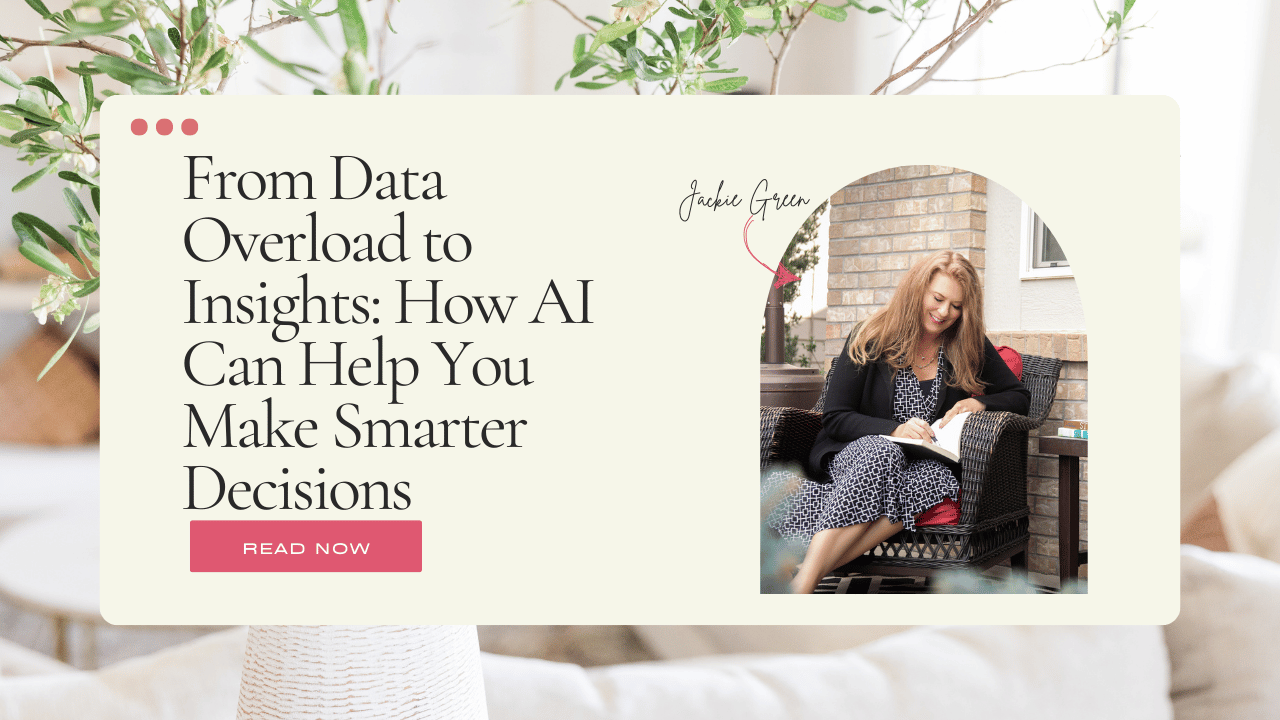Adapting to Trends: Keeping Your Interior Design Business Relevant
May 24, 2024
For small business owners, finding ways to stand out is hard — no matter what sector you’re in. But in the world of design, it’s even more of a challenge. The ever-changing landscape of design trends makes it difficult to find long-term clients (and even long-term social media followers).
Navigating these trends yourself also poses a challenge. It can be fun to try to incorporate new trends into your creative work, but you don’t want to get so wrapped up in new things that you lose sight of your creative identity. Here’s a guide to exploring trends while staying true to your brand.
Keep Your Finger on the Pulse
Whether you intend to use them or not, staying attuned to new trends and developments in the field is part of being a great interior designer.
If you’re like most people who own an interior design business, your interest in design began as a hobby — so you might already be tapped in enough to hear about new fads as soon as they start.
If you aren’t sure how to stay aware of trends, try these strategies:
- Attending trade shows
- Reading reputable design magazines
- Following successful interior designers on social media
- Reading influential design blogs
- Listening to design podcasts
- Making connections and developing friendships with others in the field
While trend awareness is important, it doesn’t mean you have to use every trend you hear about. Even if a given trend is something you’d never personally incorporate into your work, it still might be a great inspiration for your next blog post!
Evaluate Which Trends Will Resonate With Your Audience
Some trends might inspire new and inventive marketing strategies for interior design. Clients might see a trend they’ve never heard of and instantly love it. However, if you don’t have a solid understanding of your client base, adopting certain trends might be alienating.
For example, imagine you’re an interior designer who has built a respectable following. Your primary focus is on those who want to create beautiful spaces on a budget.
You see that some designers you admire are starting to gravitate toward using large, abstract sculptures as focal points or centerpieces. There’s nothing wrong with this trend in itself. But if you start suggesting it to your client base, they might begin to think you’re out of touch with them and their needs for a few reasons:
- Clients on a budget aren’t eager to spend money on large, decorative pieces
- They often don’t have the extra space to accommodate large sculptures
- Larger sculptures don’t contribute to the functionality of a space.
In this scenario, suggesting this new trend to clients might actually be damaging to your business. To your clients, it demonstrates that you don’t have an understanding of their needs, wants, and limitations. The next time they need interior design services, they’re likely to look elsewhere.
Balance “Trendy” With “Timeless”
New and developing trends can be an integral part of marketing for interior designers. However, make sure your personal style doesn’t become centered around each trend as it passes. While many clients like to incorporate trendy elements into their designs, they also want to avoid creating spaces that become dated quickly.
This doesn’t mean you should avoid trends altogether. But when you’re creating a space for a client, make sure to include some timeless touches. For example, wallpaper is enjoying a resurgence right now. If you’re incorporating wallpaper into a client’s living room, consider a muted, timeless pattern that won’t look painfully dated in a few years.
Don’t Adopt Every Trend You See
Don’t get so wrapped up in new trends that you forget your interior designer training — or your client’s vision. Incorporating new trends is an exciting part of design, but part of being a great interior designer is knowing what trends to ignore entirely.
It’s a lot like fashion trends. Updating your wardrobe to include new styles can be fun. But if a trending style looks terrible on you, you shouldn’t feel obligated to try to make it work!
Educate Your Clients on Trends
Growing your business doesn’t have to mean landing many new clients at once. It often starts with building a loyal following. Keeping your social media followers engaged isn’t just about entertainment — it’s also about education.
Not everyone who follows you is looking to hire an interior designer next week. But if you show your audience you know what you’re talking about, they’ll be more likely to consider you when they do need to hire someone.
In some cases, you also can take this opportunity to briefly mention why you chose not to adopt a certain trend. Doing so shows your audience that you’re committed to creative integrity — and that’s something truly timeless.
Incorporate Trends With a Personal Touch
Part of successful interior design marketing is building a personal brand, and part of building a personal brand is creating a signature style.
If you do spot an emerging trend you want to use, don’t make it the focus of your next project — find a way to integrate it. The key here is to avoid throwing out your personal brand in favor of a trend.
Instead, find a way to make a trend work in harmony with your personal brand. It’s a great way to maintain the brand you’ve worked hard to build while ensuring your business stays current.
Future-Proof Your Designs
You don’t want to pour countless hours into a space just to turn around and redo it a year later. “Future-proofing” is a buzzword in a lot of industries, but it’s particularly important when it comes to shifting design trends.
In interior design, creating a future-proof interior often means making it easy to update. Replacing a few accents is easier than repainting your walls, so if you want to create a space using the new “it” colors, you might consider neutral bases with a handful of colorful accents that can be easily replaced when the time comes.
Use Trends as a Tool — Not a Rule
As an interior designer, you have a wealth of tools at your disposal. Trends are no different. Some of them may offer new ways to meet your clients’ needs and expand your own skill set. Others might not be as useful.
Ultimately, the key is to make sure you don’t let your style be dictated by passing trends. There’s nothing wrong with incorporating elements of the next big thing — just make sure you don’t lose sight of your client’s vision, the longevity of your designs, and your personal brand in the process.
Need Some Creative Inspiration?
Keeping your business relevant is more of a balancing act than it sounds. Harnessing the power of current trends can help you draw the eye of current and would-be followers. But on the other hand, if people see your business as “trendy” and nothing more, they’ll forget about you as soon as the next TikTok challenge rolls around.
Finding that middle ground between “trendy” and “evergreen” is tough. At Behind the Design, we’re committed to helping designers like you find the resources they need to stand out in today’s digital landscape. Check out our free list of 150 blog post ideas your audience is sure to love!
Sign Up for Our Monthly Newsletter
Get helpful career, business, and design tips right in your inbox each month.
At Behind the Design, we are committed to building a stronger design community by reimagining education, training, and support for interior designers. Through our various software training options, educational articles covering everything from leadership to marketing, and soon Continuing educational courses, we are committed to helping you. Join our newsletter to get the latest education and training updates.










